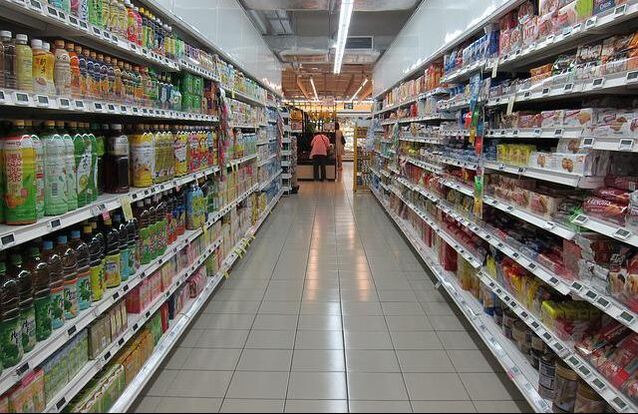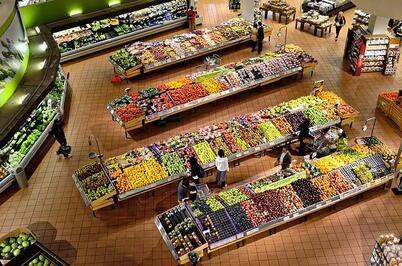
To combat cost of living pressures, curb inflation and wind back its pandemic related monetary support, the RBA lifted the cash rate for a third month in a row on Tuesday.
This latest 50 basis point rise takes the cash rate target to 1.35%, following a 25bps rise in May – the Reserve Bank’s first rate rise in eleven years – and a further 50bps lift in June.
The RBA concedes that there’s no quick fix to reining in inflation and it could take some time to get back down to the 2-3% target band from the 5.1% annual inflation rate seen in the March quarter.
RBA governor Philip Lowe says inflation could reach 7% by the end of the year before easing early next year. That said, Lowe also stated (last year) that interest rates would be maintained at ultra-low levels until at least 2024. So, it’s really all quite unknown.
What we do know is that higher food prices are hitting hip pockets at the supermarket.
The impact of the east coast flooding, combined with rising transport and fertiliser costs — due to the war in Ukraine and high fuel and labour costs, can be seen on supermarket shelves across the country.
And while we know this is bad news for shoppers, what does it mean for retailers?
When it comes to discretionary spending, rising inflation and subsequent interest rate rises have resulted in a pullback of spending — clearly negative for restaurants, cafes, and retailers of higher priced goods and services.
On the other hand, Consumer Staples — and supermarkets in particular — are known to benefit in times of high inflation.
As consumers stay in and eat at home, supermarkets including Woolworths (WOW.ASX) and Coles (COL.ASX) – which take two-third of Australia’s grocery sales – as well as Metcash (MTS.ASX; supplier to IGA, Foodworks and Drakes Supermarket) are experiencing increased sales.
Each of these businesses reported solid results for the last quarter thanks to higher in-home consumption and rising food inflation.
As they dominate such a large share of the market, these retailers have no trouble passing on higher costs from manufacturers, who are facing higher production costs themselves.
Further, since these supermarkets are not as affected by higher costs they can better compete on price as compared to their smaller competitors.
Coles and Woolworths have raised prices in response to “rising supply chain cost pressures”, according to research by UBS. Woolworths lifted prices by 4.3% in the March quarter, compared to 1.4% in the previous quarter. At Coles, food prices were 3.2% higher in the three months to 30 March after rising 1% in the December quarter.
Coles reported that March quarter sales at its Supermarkets division saw a near +4% jump from last year. Woolworths, meanwhile, saw a +4.4% jump in food sales from a year earlier.
As for Metcash, it says nearly two-thirds of its suppliers have raised prices. But with the company recording record sales growth over the full year to 30 April (revenue up +6.4%, including particularly strong sales in the more recent quarter), it appears that those costs have also been passed on to shoppers.
Other Consumer Staples businesses, including large manufacturers of food, beverages and household items, also tend to do well in times of high inflation. This includes primary producers and agricultural businesses such as GrainCorp (GNC.ASX), Elders (ELD.ASX), and Costa Group (CGC.ASX). These names have each proved to be robust performers in recent months amid the wider market pain.
And while their share prices have suffered in recent months, JB Hi-Fi (JBH.ASX) and Wesfarmers (WES.ASX), with its Bunnings and Kmart stores, could also perform relatively well in this ongoing inflationary environment. While they are, strictly speaking, Consumer Discretionary businesses, their everyday electronics and home improvement products can more or less be considered staples.
Wesfarmers CEO Rob Scott pointed to Kmart’s significant economies of scale and sourcing capabilities, viewing “inflation as an opportunity”, in which, “we are seeking to minimise cost pressures, deliver productivity improvements, while also competing for the share of wallet for more value-conscious consumers.”
It is in times like these that Consumer Staples should prove their worth in investors’ portfolios. And, as a defensive sector, dividends tend to be more sustainable and earnings less cyclical.

